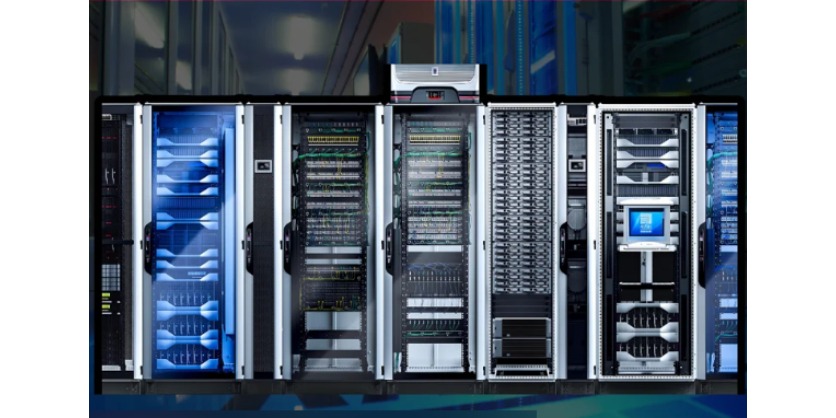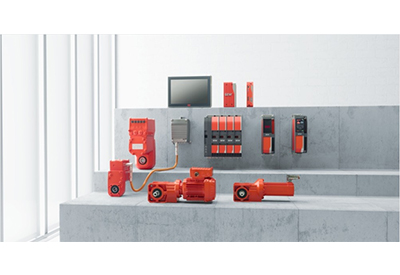7 Top Tips for Cooling IT Equipment
July 17, 2024

As the world becomes increasingly digitalized, with a growing reliance on high-performing and reliable IT equipment, effective hardware management is essential to facilitate rapid access to large amounts of data and its analytics. The upkeep of IT infrastructure, including maintaining appropriate temperatures, ensures the reliability and security of data and minimizes the risk of system failures. In this article, Rittal explores some effective strategies to keep your IT equipment cool.
1. Optimize the Room Temperature
If the ambient air temperature becomes too high, it can have a detrimental effect on your IT equipment, forcing the internal fans to work harder to keep it cool. Aim to maintain a controlled room temperature between 18-27°C to prevent overheating while ensuring energy efficiency.
2. Implement Aisle Containment
Aisle containment in a data centre is a design strategy used to efficiently manage airflow. It involves organizing server racks in alternating rows with cold air intakes facing one aisle (the cold aisle) and hot air exhausts facing the opposite aisle (the hot aisle). This arrangement helps to separate the cold air supplied to the equipment from the hot expelled air, improving cooling efficiency, reducing energy consumption, and lowering cooling costs.
3. Utilize Blanking Panels
Installing blanking panels in empty rack spaces is crucial to optimize cooling in server environments, as it helps to direct airflow through the equipment and prevents the recirculation of hot air, thereby maintaining a more consistent and controlled temperature. Additionally, implementing air baffling kits within the racks can further maximize cooling efficiency by effectively separating the cold intake and hot exhaust air paths, ensuring that the cooling systems work more effectively and energy-efficiently.
4. Improve Cable Management
Proper cable management is vital to suppress the temperature in server rooms, as structured cabling can have an adverse effect on airflow, causing equipment to overheat. To overcome this problem, cable management solutions can optimize the flow of air within IT racks, preventing the build-up of heat around the equipment.
5. Implement Temperature Monitoring
Temperature and climate monitoring systems allow you to track ambient environmental conditions in real-time, so that prompt action can be taken to reduce the temperature if it exceeds acceptable limits. Automated alerts can notify you of any sudden changes that might lead to overheating.
6. Consider Inline Cooling
Advanced cooling technologies, such as inline liquid cooling, can be more efficient than traditional air-cooling methods as they place the cooling unit next to the heat source for optimum cooling performance.
7. Schedule Regular Maintenance
Regular maintenance of cooling systems, including cleaning air filters, checking for leaks, and ensuring the proper operation of cooling units, is essential to prevent problems that could cause the ambient temperature to rise and cooling techniques to fail when they are most needed.
Advanced Cooling Solutions from Rittal
Rittal offers a comprehensive range of climate control solutions tailored to the needs of modern data centres. These solutions include:
- Precision Climate Control Units: Ensure accurate temperature and humidity control, essential for high-performance computing environments.
- Turnkey Cooling Containers: Provide flexible and scalable cooling solutions for data centres of all sizes.
- Atmospherically Sealed Chiller Systems: Offer reliable cooling with high energy efficiency.
Conclusion
Effective cooling strategies are crucial for maintaining the performance and longevity of IT equipment. By implementing these tips and leveraging advanced cooling solutions from Rittal, businesses can ensure their IT infrastructure remains reliable and efficient, minimizing the risk of system failures and optimizing energy use.
Related Story
Enhancing Efficiency and Sustainability with Rittal’s New Blue e+ S Cooling Units
The push towards sustainable manufacturing is driving the need for efficient enclosure cooling units, especially in industries like automotive where consistent cooling is crucial. The challenge lies in maintaining necessary cooling outputs while adhering to eco-friendly standards.



